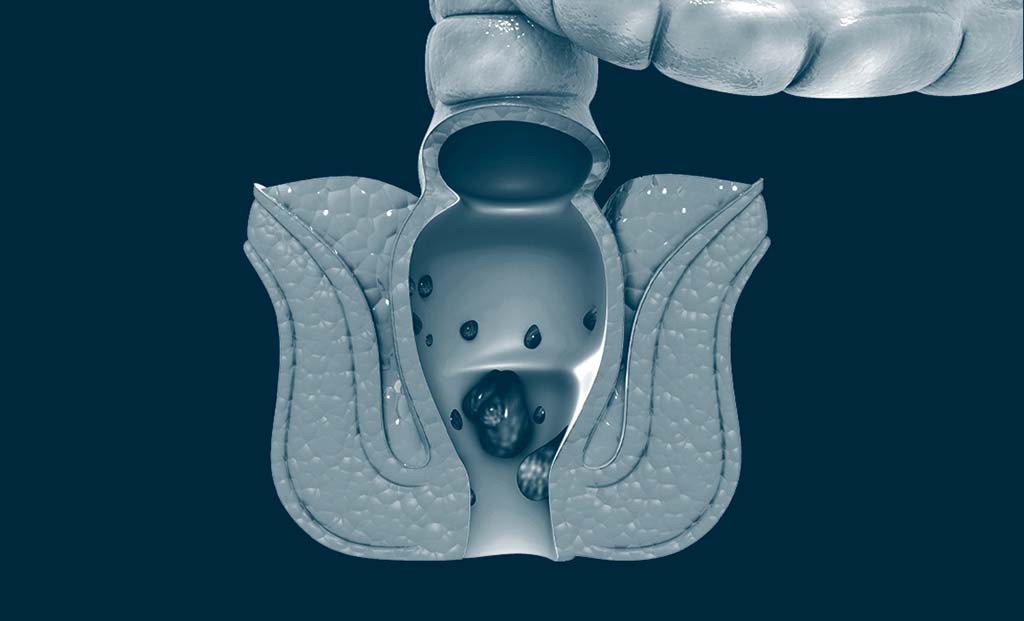
What are Haemorrhoids /Piles?
While these anal cushions are a normal part of everyone's anatomy, they can become problematic when the blood
vessels within them become engorged, leading to bleeding or prolapse during defecation.
Haemorrhoids are a common condition in Singapore and are linked to factors like prolonged sitting, obesity,
and chronic straining during bowel movements. Treatment options depend on the severity of the condition and
may range from lifestyle changes to medical procedures.

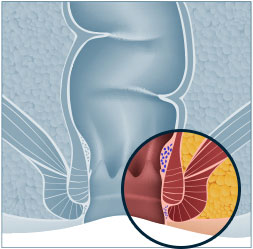
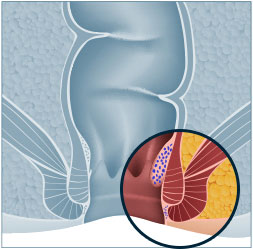
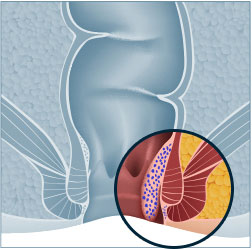
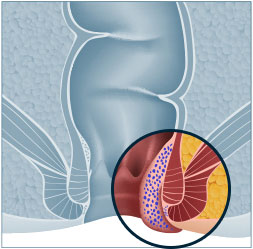
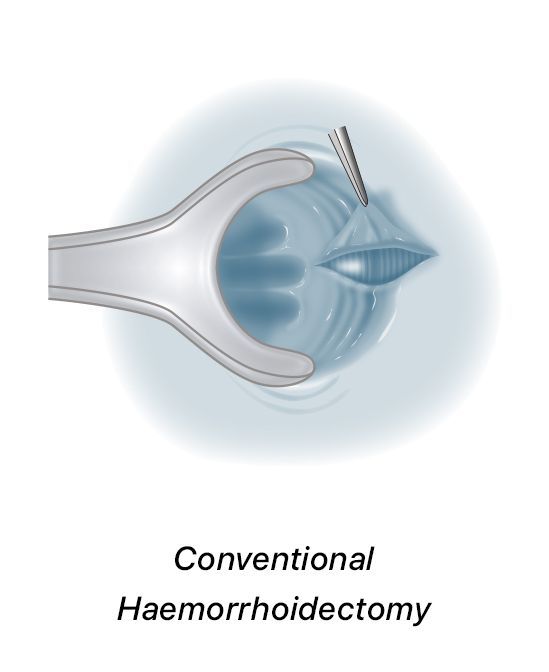 In this type of haemorrhoid surgery, the piles are removed with an electrocautery knife. Wounds typically take 4 to 6 weeks to heal fully. Strong painkillers and stool softeners are commonly prescribed to alleviate discomfort and promote a smoother recovery.
In this type of haemorrhoid surgery, the piles are removed with an electrocautery knife. Wounds typically take 4 to 6 weeks to heal fully. Strong painkillers and stool softeners are commonly prescribed to alleviate discomfort and promote a smoother recovery.
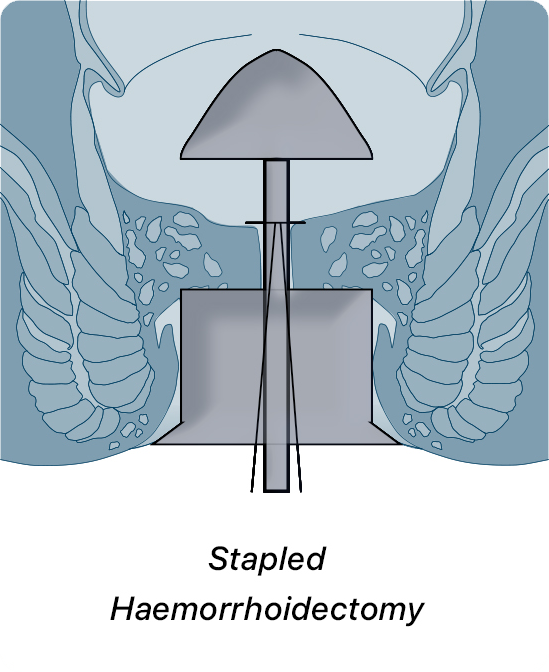 A purpose-built circular stapling device is used to remove a circumferential ring of haemorrhoidal tissue and cut off its blood supply. The procedure also lifts prolapsed haemorrhoids back into place, helping restore normal alignment and reduce discomfort.
A purpose-built circular stapling device is used to remove a circumferential ring of haemorrhoidal tissue and cut off its blood supply. The procedure also lifts prolapsed haemorrhoids back into place, helping restore normal alignment and reduce discomfort.
